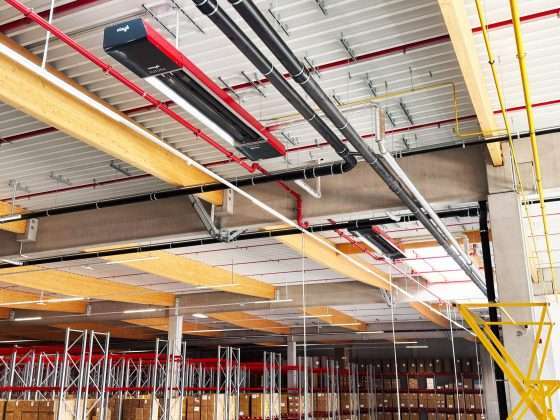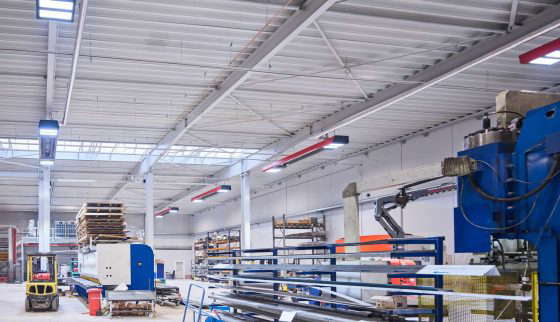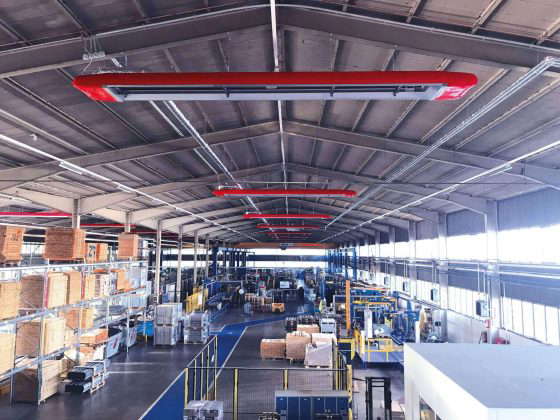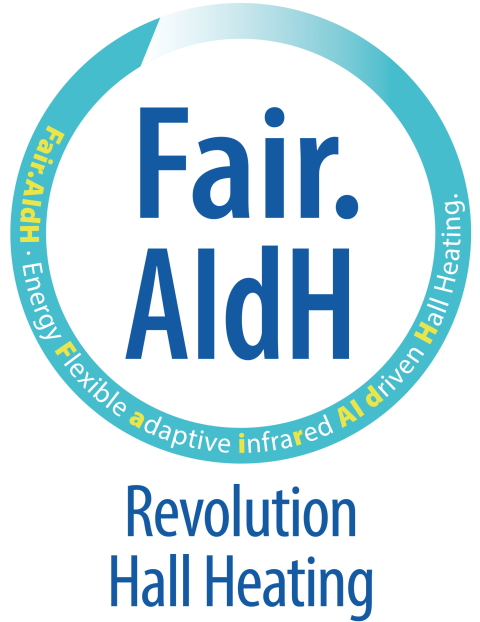Why you should rely on efficient future technologies when modernizing your heating system
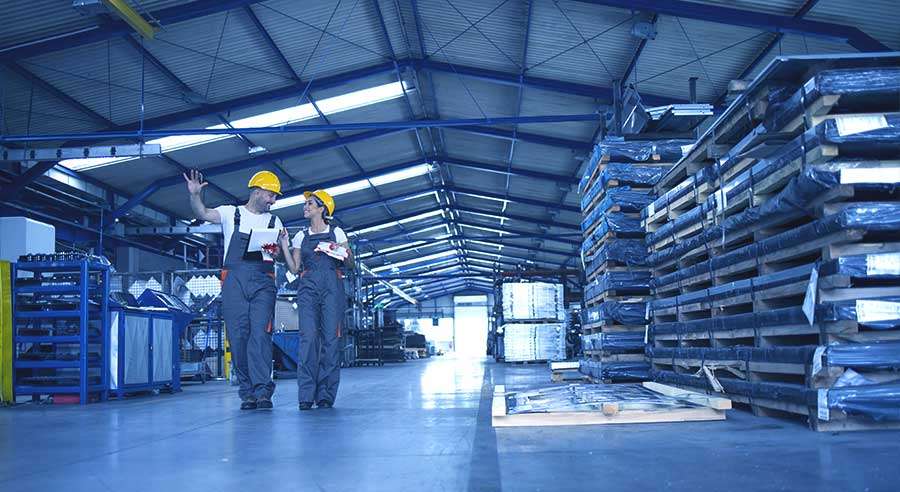
Sustainability and energy efficiency are more important today than ever before
Angesichts des Klimawandels hat sich die Europäische Union deutliche Ziele gesetzt, um den Schadstoffausstoß einzugrenzen: Bis 2030 sollen demnach die Emissionen im Vergleich zu 1990 um mindestens 55 % gesenkt werden, bis 2050 will die EU möglichst vollständig treibhausgasneutral sein. Außerdem müssen bis dahin die CO₂-Emissionen im Wärmemarkt um 81 % in Bezug auf das Vergleichsjahr 1990 gesenkt werden. Im Mai 2021 hat sich Deutschland noch ehrgeizigere Ziele gesetzt: 65 % Reduktion der CO₂-Emissionen bis 2030, 88 % bis 2040 und Klimaneutralität bereits 2045 lauten die neuen Vorgaben im Klimaschutzgesetz.
Proposals for optimizing existing legislation, including EU energy legislation, are to be presented in 2021. But one thing is already certain: companies will be held clearly accountable so that individual countries can meet their climate protection targets. The best example of this is the new legislation that came into force in November 2020 Building Energy Act (GEG)which replaces the EnEG, EnEV and EEWärmeG.
The GEG regulates the energy requirements and the use of renewable energies for heating and cooling - both for new buildings and for modernizations. With exceptions, gas and oil heating systems over 30 years old must be replaced. It should also be noted that oil heating systems will be completely banned from 2026. So it's high time to replan your heating systems now and opt for efficient future technologies.
In this respect, modern infrared radiators are recommended for hall buildings - both new and existing. And there are simple reasons for this.
1. future technologies such as infrared heaters are already more efficient than required today
Das liegt am Wirkprinzip Infrarot. Infrarotstrahlen erwärmen Körper und Gegenstände, die sie absorbieren. Die Luft hingegen bleibt unberührt, wodurch so gut wie keine Warmluft entstehen, nach oben steigen und sich ungenutzt unter der Decke stauen kann. Neben der Konvektion kommt hier noch ein weiteres physikalisches Gesetz zum Tragen: Je höher die Temperatur einer Wärmequelle, desto geringer ihr unerwünschter konvektiver Anteil. Und das bedeutet: Mit Infrarotstrahlern verschwenden Sie kaum noch Energie, schonen Ressourcen und vermeiden unnötige CO₂-Emissionen. Kombiniert mit Restwärmenutzung schießt diese Zukunftstechnologie deshalb schon heute deutlich über die Klimaschutzanforderungen hinaus.
2. infrared heaters are also the right choice from an economic point of view
When modernizing a heating system, you should think long-term - and that is precisely why it is important to use reliable future technologies. After all, the requirements for climate protection and energy efficiency are not getting any less stringent. It makes little sense to rely on a heating system that generates x times the investment and consumption costs or that you will have to replace in just a few years.
By exceeding the climate protection requirements, however, you can rest assured with an infrared radiator: You are well positioned in the long term - also in terms of costs. This is because hall heating systems consume around six to twenty times as much energy over their life cycle compared to the investment costs. But future technologies such as Infrared heaters are so efficientthat they save up to 70 % of energy. This reduces the total cost of ownership enormously. The question of why you should rely on future technologies for modernization can therefore also be answered clearly from an economic perspective.
But is a gas-powered system really future-proof?
Now you may be asking yourself what a gas-powered system (such as an infrared radiator) has to do with future technologies. After all, the belief that you are obliged to use renewable energies in new-build and modernization projects persists - doesn't it?
This assumption is based on old versions of the legislation. However, it has long been taken into account that hall buildings have their own requirements due to their special heating characteristics. Finally, the new GEG excludes decentrally heated halls with a ceiling height of more than four meters from the obligation to use renewable energies. Although these may be a sensible source of energy in principle, they are usually much less efficient, especially in hall buildings.
When it comes to heating halls, the guiding principle of "efficiency before substitution" clearly applies. For a heating system that needs to provide the required amount of heat quickly and flexibly, only one medium has been worthwhile in most cases to date: natural gas. It has a good primary energy factor, is environmentally friendly and is also future-proof thanks to the upcoming supply of hydrogen (power-to-gas).
Gas is one of the pioneering technologies of the future on the road to climate neutrality by 2050
Gas is not only regarded as a bridging technology for the coal phase-out, but is also becoming the energy source of the future due to the continuously increasing proportion of renewable energy (keyword "green hydrogen"). This is because gas is the only energy medium that allows us in Germany to store energy without chemical contamination. In addition, storage and transportation options have been excellently implemented thanks to the optimally developed gas network in Germany. As soon as power-to-gas is available across the board in large-scale industrial processes, gas-powered heating systems will definitely be one of the technologies of the future.
Future technologies offer you security in terms of climate protection targets and economic efficiency
Climate protection targets and requirements will present owners of industrial and commercial buildings with huge challenges in the coming years. But those who already rely on efficient future technologies such as infrared heaters can already put a tick behind this task. If you would like to know more about future-proof heating systems, we recommend our article on HEAT 4.0. Read how you can exploit all the possibilities of the digital age with a holistic view of heat supply and thus take another step into the future.
-
Bestandsgebäude: Keine Pflicht zum Einsatz erneuerbarer Energien Auf dem Weg in die CO2-freie Zeit ist Energieeffizienz die vielleicht wichtigste Säule der Dekarbonisierung – denn als „low hanging fruit“ sind Effizienzmaßnahmen zur Reduktion von CO2 meist einfacher, schneller und kostengünstiger wirksam, als die Substitution durch erneuerbare Energien. Deshalb werden Hocheffizienz-Lösungen wie Infrarot-Hallenheizungen von KÜBLER, die nachweislich […]
-
According to the IMD Competiveness Ranking 2024[1], our once leading industrial nation has slipped from 6th to 24th place in just ten years. 45 percent of industrial companies with high electricity costs are planning or implementing plans to reduce their production or relocate it abroad. And the trend is rising[2]. Increasing bureaucratic costs and the extremely high level of energy prices in our country are causing many companies to [...]
-
Whether in industry or in private residential construction - anyone deciding on a heating system or hall heating of the future today is faced with a lot of question marks. Which energy scenarios will actually determine the future? Which technologies will then become relevant? Is it still worth investing in fossil-fuel systems? What does the traffic light say? And taking all these questions into account, what is the best functional and economical heating solution for the hall building in the long term?
-
The search for suitable optimization potential in energy-related processes in industrial and commercial companies is not always easy for energy management. Especially as measures in efficiency technologies and renewable energies cost money and the budget is often lacking. Many - ecologically and economically important - measures then fall by the wayside. But does that have to be the case?
